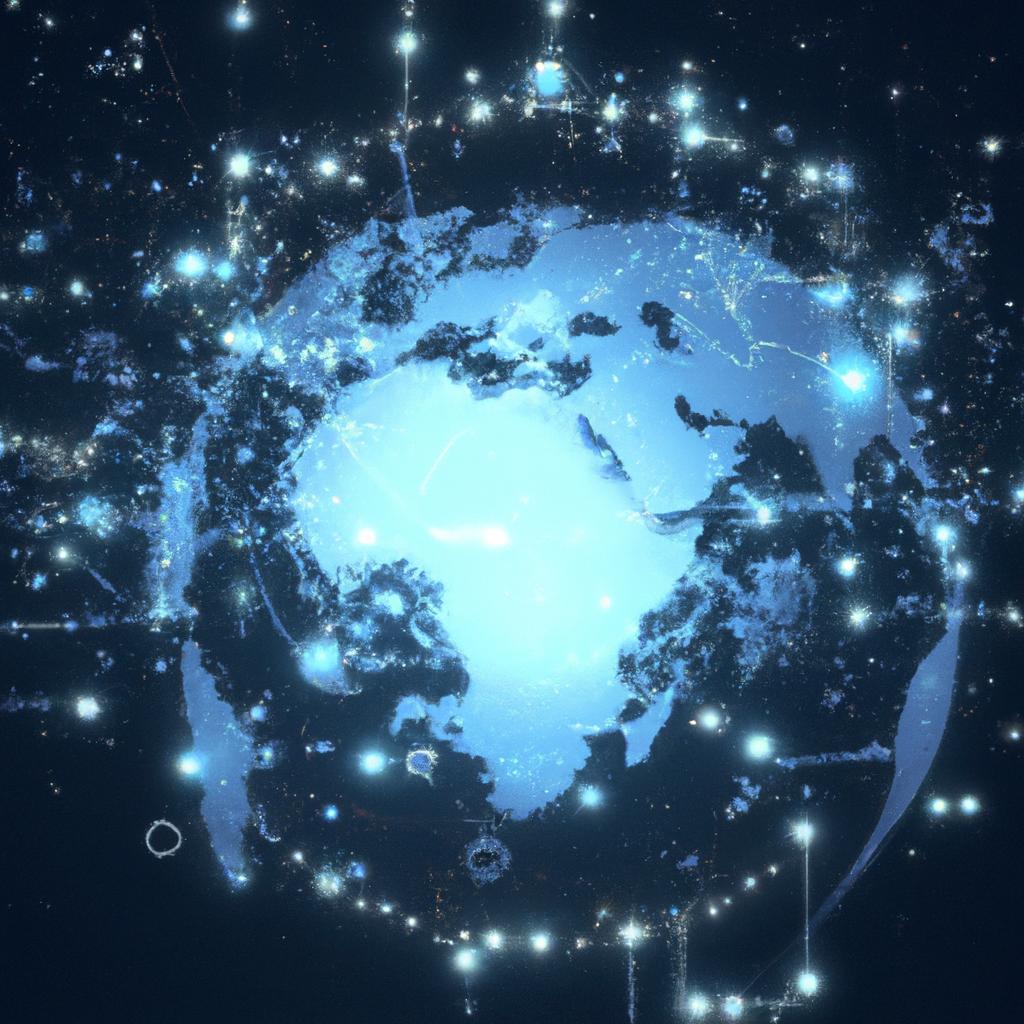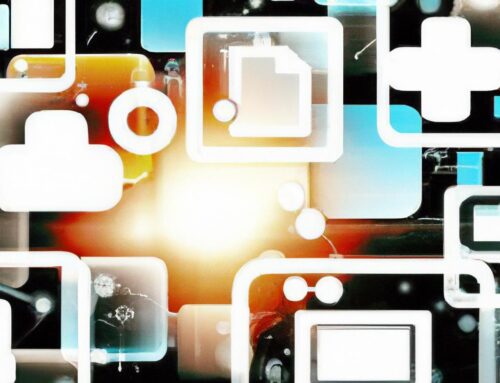In a world where technology is advancing at an unprecedented pace, the future of work is being shaped by the integration of artificial intelligence and automation in the workplace. These disruptive technologies are revolutionizing the way we work, challenging traditional employment models, and raising questions about the implications for society as a whole. As we embark on this journey into the unknown, it is crucial to examine the potential benefits and challenges that AI and automation bring to the workforce. Let us delve into the complex landscape of tomorrow’s workplace and explore how these innovations are reshaping the very fabric of our professional lives.
Table of Contents
- – Impact of AI and Automation on Job Displacement
- – Ways to Enhance Human-AI Collaboration in the Workplace
- – Strategies for Upskilling and Reskilling Employees in the Age of Automation
- – Ensuring Ethical Use of AI and Automation Technologies in the Workplace
- Q&A
- To Wrap It Up
– Impact of AI and Automation on Job Displacement
In today’s rapidly evolving job market, the impact of AI and automation on job displacement cannot be understated. As technology continues to advance at an unprecedented rate, many industries are experiencing significant changes in the way work is done. With the rise of robots and artificial intelligence, tasks that were once performed by humans are now being automated, leading to concerns about job security and displacement.
While AI and automation offer numerous benefits, such as increased efficiency and productivity, they also pose challenges for workers who may find themselves being replaced by machines. As companies strive to stay competitive in a fast-paced global economy, they are increasingly turning to technology to streamline operations and cut costs. This shift towards automation has the potential to reshape the workforce, creating new opportunities for some while displacing others. It is essential for policymakers, businesses, and workers alike to adapt to these changes and find ways to mitigate the impact of AI and automation on job displacement.
– Ways to Enhance Human-AI Collaboration in the Workplace
Human-AI collaboration is becoming increasingly important in the workplace as automation continues to reshape how we work. One way to enhance this collaboration is through **clear communication** between humans and AI systems. Providing training to employees on how to effectively interact with AI tools can help bridge the gap and improve efficiency in tasks that require collaboration between humans and machines.
Another way to enhance human-AI collaboration in the workplace is by **designing AI systems with human-centered interfaces**. This means creating AI tools that are intuitive and easy to use, allowing for seamless interactions between humans and machines. By prioritizing user experience in AI design, organizations can foster a more harmonious relationship between human workers and AI technology, leading to increased productivity and satisfaction in the workplace.
– Strategies for Upskilling and Reskilling Employees in the Age of Automation
In today’s rapidly evolving workplace, the rise of artificial intelligence and automation is transforming the nature of jobs and industries. As technology continues to advance, it’s essential for businesses to invest in strategies for upskilling and reskilling their employees to adapt to these changes and thrive in the age of automation.
Here are some innovative approaches that organizations can take to ensure their workforce remains competitive in the era of AI and automation:
- **Identify Skill Gaps:** Conduct a thorough assessment to determine which skills are needed for the future and where there are gaps within your current workforce.
– **Provide Continuous Learning Opportunities:** Offer a variety of training programs, online courses, and workshops to empower employees to acquire new skills and stay relevant in their roles.
– **Encourage a Culture of Lifelong Learning:** Foster a workplace culture that values continuous learning and development, where employees are encouraged to seek out new knowledge and experiences.
– **Promote Cross-Functional Collaboration:** Encourage employees to work across different departments and teams to gain diverse perspectives and skills that can be applied to their own roles.
– **Offer Mentorship and Coaching:** Pair employees with mentors who can provide guidance, support, and feedback to help them develop new skills and navigate career transitions effectively.
– Ensuring Ethical Use of AI and Automation Technologies in the Workplace
As AI and automation technologies continue to revolutionize the workplace, it is essential to prioritize ethics to ensure a fair and just environment for all employees. Companies must establish clear guidelines and standards for the development and implementation of these technologies to avoid potential pitfalls and biases. Transparency and accountability are crucial in maintaining ethical use of AI and automation, as well as ensuring that employees understand how these technologies will impact their work.
Additionally, promoting diversity and inclusion in the workforce is vital in preventing bias in AI algorithms and decision-making processes. Companies should prioritize training and education on ethical practices related to AI and automation to empower employees to make informed decisions. By prioritizing ethics in the deployment of these technologies, businesses can create a more inclusive and equitable workplace for all.
Q&A
Q: What is the role of AI and automation in the workplace today?
A: AI and automation are changing the way tasks are performed, increasing efficiency and accuracy in various job sectors.
Q: How will AI and automation impact the future of work?
A: AI and automation will continue to revolutionize industries, potentially leading to job displacement but also creating new opportunities for skills development and advancement.
Q: What are some of the benefits of utilizing AI and automation in the workplace?
A: Some benefits include improved productivity, cost savings, and the ability to handle repetitive tasks, allowing employees to focus on more complex and creative work.
Q: How can businesses prepare for the integration of AI and automation in their operations?
A: Businesses can prepare by investing in training programs for employees, fostering a culture of adaptability and innovation, and strategically planning for the implementation of new technologies.
Q: What challenges may arise from the increased use of AI and automation in the workplace?
A: Challenges may include job displacement, the need for ongoing skill development, and potential ethical concerns surrounding privacy and data security.
Q: How can individuals stay relevant in a workforce increasingly driven by AI and automation?
A: Individuals can stay relevant by continuously updating their skills, embracing lifelong learning, and being adaptable to change in order to thrive in a rapidly evolving work environment.
To Wrap It Up
As we look towards the future of work and the increasing integration of AI and automation in the workplace, one thing is clear – change is inevitable. While some may fear the unknown, others see this shift as a chance to shape a more efficient and innovative work environment. By embracing and adapting to these technological advancements, we can unlock new possibilities and redefine the way we work. So, as we navigate this ever-evolving landscape, let us continue to stay curious, open-minded, and ready to embrace the future of work with a sense of wonder and possibility. The future is here, and it’s up to us to shape it into something truly remarkable.





